Wolves are among the most resilient and adaptable animals on Earth. From being hunted to the brink of extinction, then protected and gradually recovering their numbers in the wild, they have had quite an interesting journey.
The lives and habitats of these creatures have been thoroughly studied by scientists, governments, and individuals; however, they continue to amaze us. For instance, did you know that there is a species of wolf that lives near the ocean and exclusively eats seafood? Found along the Pacific Coast in British Columbia, this rare group of wolves is known as the “sea wolf.”
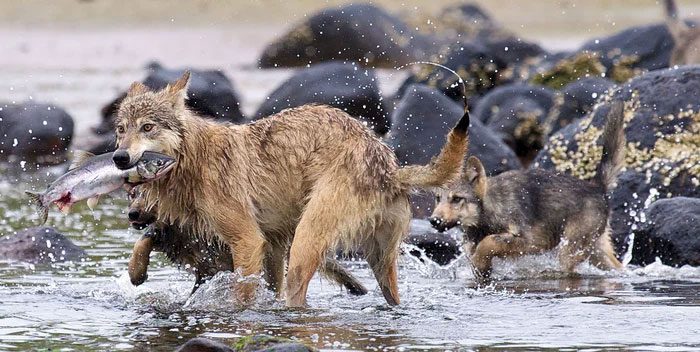
Along the pristine Pacific coastline of British Columbia, Canada, there is a significant population of sea wolves. According to Ian McAllister, a photographer and zoologist who has studied the Canadian sea wolf for over two decades, “From DNA research, we confirm that these wolves have distinct genes compared to their mainland relatives.”
Their unique adaptations make them exceptional swimmers, and they can comfortably swim between coastal islands. This subspecies hunts fish and other seafood and lives offshore.
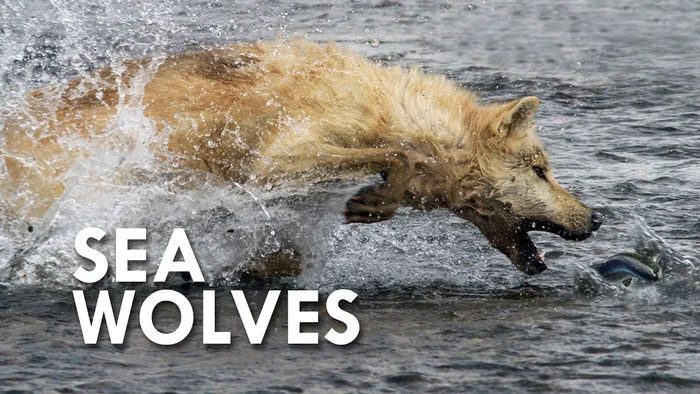
McAllister further noted: “They exhibit different behaviors compared to terrestrial wolves, frequently swimming from one island to another to hunt fish. Their morphological characteristics are also quite different; they are smaller in size to adapt to both land and water.”
Sea wolves, also known as “British Columbia wolf”, are among the 38 subspecies of the gray wolf. They inhabit a narrow area, including coastal islands and parts of the mainland coastline. Primarily found in the temperate rainforests of British Columbia and Vancouver Island, these sea wolves are divided into two groups – coastal island wolves and mainland coastal wolves.
Although the mainland wolves are coastal, they consume less seafood than the island wolves. Unlike their terrestrial counterparts, island sea wolves are entirely dependent on the ocean for their food.
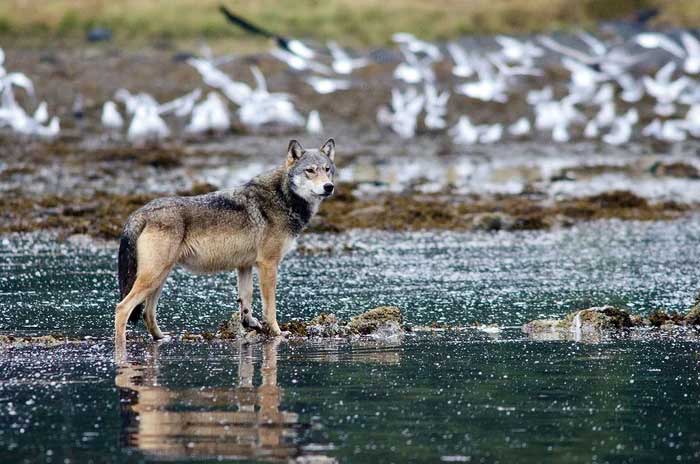
These sea wolves are also known as Pescatarians, with 90% of their diet coming directly from the ocean, about a quarter of which consists of salmon. They are also excellent swimmers, with the recorded distance for sea wolves swimming continuously being 12 kilometers between islands.
In fact, the island sea wolf is genetically distinct from its inland relatives. According to a study published in BMC Ecology in 2014, the unique DNA of these coastal island wolves sets them apart from inland wolves.
Similar genetic differences among wolves have been observed before. However, the discovery of this subspecies in such a small area has made it unique. As wolves are highly mobile animals, they have the ability to cover vast distances and cross natural boundaries.
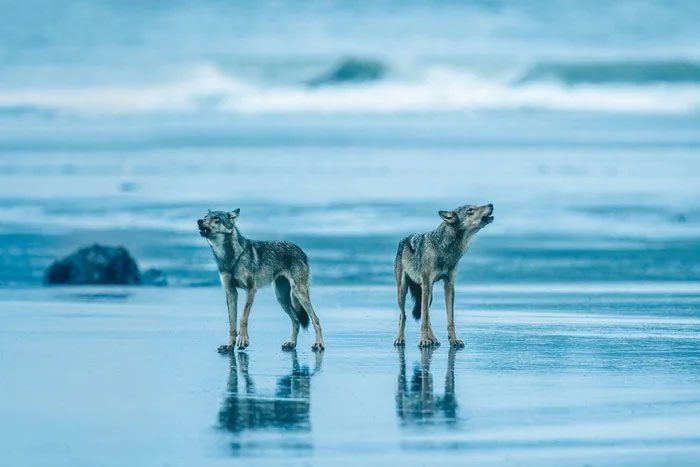
Until recently, scientists knew little about the sea wolf. Paul Paquet, a leading wolf expert and senior scientist at the Raincoast Conservation Foundation, a non-profit conservation science organization that has focused on the power of research to protect the lands, waters, and wildlife of coastal British Columbia since 1990, stated that these wolves were “discovered” by a zoologist named Ian McTaggart-Cowan in the 1930s.
With their unique lifestyle, it would not be wrong to say that sea wolves always have two feet in the water. Like other wolf species, these coastal wolves are skilled hunters and also exceptional swimmers.
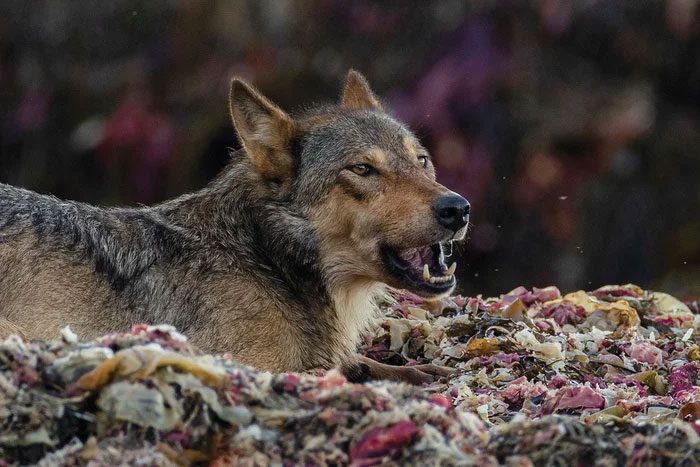
Most wolves around the world typically hunt large prey such as moose and deer, but the food source of coastal wolves relies almost entirely on seafood. Salmon and other common fish make up a significant portion of their meals; they even hunt otters and scavenge whale carcasses.
In fact, they can swim several miles and move from one island to another in search of food. While inland wolves primarily eat deer and elk, coastal wolves depend on hunting salmon, seals, and other marine animals. If they cannot find salmon, they will seek out whale carcasses, river otters, herring eggs, and seahorses for sustenance.
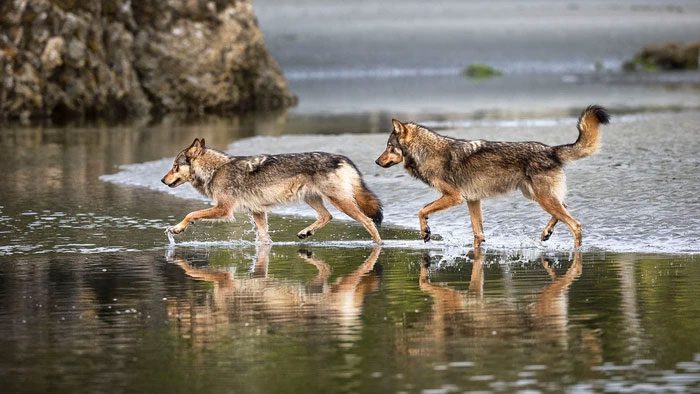
Due to their unique diet and habitat, sea wolves are much smaller than most other gray wolf subspecies. A coastal wolf is about the size of a German Shepherd. Inland wolves tend to be 20% larger than sea wolves.
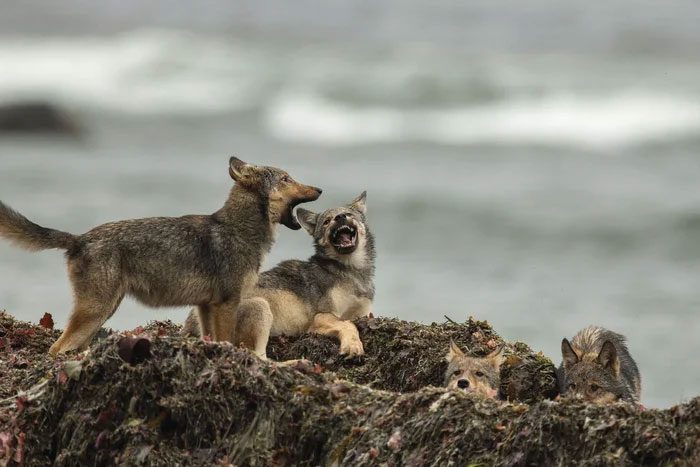
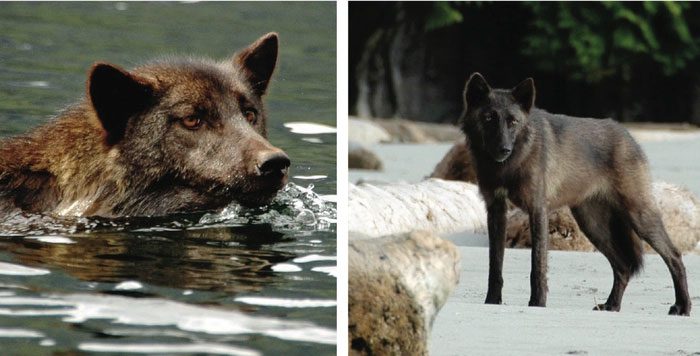
Because of their remote existence, sea wolves are not easily detected. Although they primarily hide in mossy forests, this animal has a strange allure for researchers and wildlife enthusiasts. In addition to British Columbia and Vancouver Island, sea wolves are also found in the Alexander Archipelago of Alaska.





















































